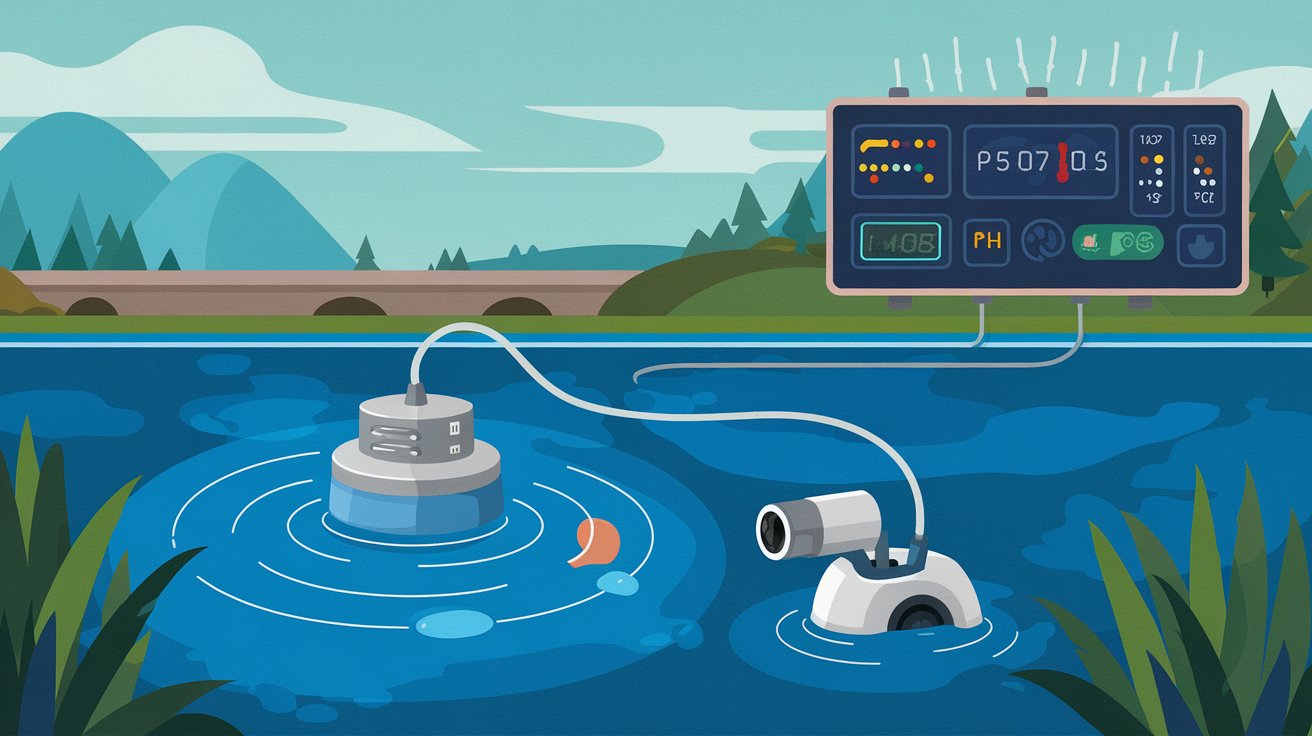Water is an essential resource, vital for life and various human activities. Ensuring its safety is paramount, yet traditional methods of water quality monitoring often fall short due to delayed results and limited coverage. Enter remote monitoring a transformative approach that leverages technology to provide real-time insights into water quality, enhancing safety and efficiency.
Understanding Remote Monitoring
Definition and Significance
Remote monitoring involves the use of sensors and communication technologies to collect and transmit data on water quality parameters from various locations. This system allows for continuous observation without the need for physical presence, making it a game-changer in water safety management.
Key Components and Technologies
Key elements include sensors that detect parameters like pH, turbidity, and contaminants; data loggers that record the information; and communication modules that transmit data to centralized systems for analysis. Technologies such as IoT, cloud computing, and wireless networks play a crucial role in facilitating these processes.
The Role of Real-Time Monitoring
Immediate Data Access and Analysis
Implementing real time monitoring enables stakeholders to access up-to-the-minute data on water quality. This immediacy allows for swift identification of issues, facilitating prompt corrective actions and minimizing potential health risks.
Enhancing Response Times to Contamination
Real-time alerts can be configured to notify relevant authorities when water quality parameters deviate from safe thresholds. This proactive approach ensures that contamination events are addressed promptly, safeguarding public health and the environment.
Benefits of Remote Water Monitoring
Cost-Effectiveness and Resource Optimization
By automating data collection and analysis, remote monitoring reduces the need for manual sampling and laboratory testing. This efficiency translates to cost savings and allows for better allocation of resources towards other critical areas.
Environmental Protection and Compliance
Continuous monitoring ensures that any deviations from environmental standards are quickly identified and rectified. This vigilance aids in maintaining compliance with regulations and protects aquatic ecosystems from prolonged exposure to pollutants.
Accessibility in Remote Areas
Remote monitoring systems can be deployed in hard-to-reach locations, ensuring comprehensive coverage of water bodies. This capability is particularly beneficial for monitoring water sources in rural or inaccessible regions.
Applications Across Sectors
Municipal Water Systems
Cities can utilize remote monitoring to oversee the quality of drinking water, ensuring safety from the source to the tap. This oversight helps in maintaining public trust and meeting health standards.
Industrial and Agricultural Uses
Industries and farms can monitor wastewater and runoff, ensuring that their operations do not negatively impact surrounding water bodies. This practice promotes sustainable operations and environmental stewardship.
Recreational Water Bodies
Beaches, lakes, and swimming pools can benefit from real-time monitoring to ensure that water remains safe for public use. Timely data helps in making informed decisions about closures or advisories.
Challenges and Considerations
Technical Limitations
While technology has advanced, challenges such as sensor calibration, maintenance, and data accuracy persist. Addressing these issues is essential for the reliability of monitoring systems.
Data Security and Privacy
The transmission and storage of water quality data must be secured to prevent unauthorized access. Implementing robust cybersecurity measures is crucial to protect sensitive information.
Integration with Existing Systems
Incorporating remote monitoring into current water management infrastructures requires careful planning to ensure compatibility and efficiency.
Future of Water Safety Monitoring
Advancements in Sensor Technology
Ongoing research is leading to the development of more sensitive and durable sensors capable of detecting a wider range of contaminants, enhancing the comprehensiveness of monitoring efforts.
Integration with AI and Predictive Analytics
Artificial Intelligence and machine learning algorithms can analyze vast datasets to predict potential contamination events, allowing for even more proactive water safety management.
Conclusion
Remote monitoring stands at the forefront of modern water safety strategies. By providing real-time data, it empowers stakeholders to make informed decisions, respond swiftly to issues, and maintain the integrity of water resources. As technology continues to evolve, the integration of advanced monitoring systems will become increasingly vital in safeguarding public health and the environment.
